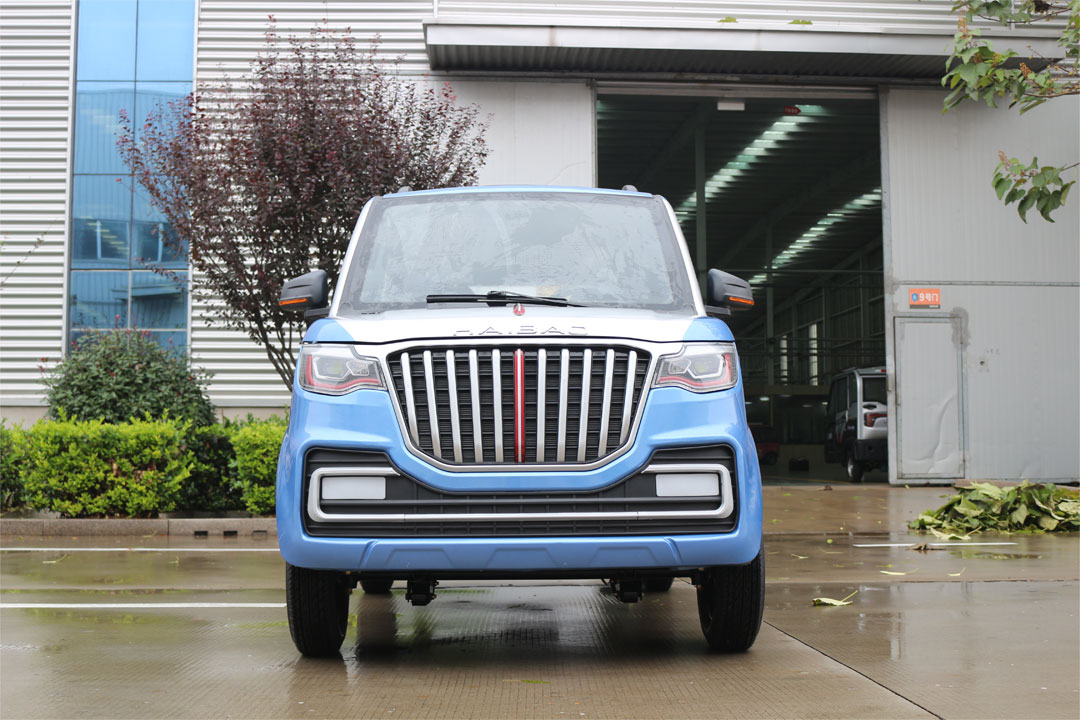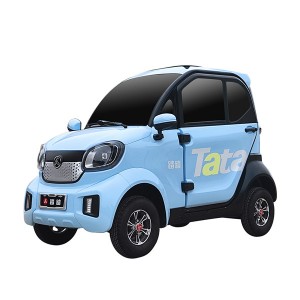In recent days, the issue of noise generated by low-speed electric vehicles has become a focal point, raising questions about whether these vehicles should produce audible sounds. The U.S. National Highway Traffic Safety Administration (NHTSA) recently released a statement on low-speed electric vehicles, sparking widespread attention in society. The agency asserts that low-speed electric vehicles must generate sufficient noise while in motion to alert pedestrians and other road users. This statement has prompted a deeper reflection on the safety and traffic flow of low-speed electric vehicles in urban environments.
When traveling at speeds below 30 kilometers per hour (19 miles per hour), the engine noise of electric vehicles is relatively low, and in some cases, almost imperceptible. This poses a potential danger, particularly for "blind individuals, pedestrians with normal vision, and cyclists." Consequently, the NHTSA is urging electric vehicle manufacturers to consider adopting a sufficiently distinctive noise during the design phase to ensure effective alertness to surrounding pedestrians when driving at low speeds.
The silent operation of low-speed electric vehicles has achieved significant environmental milestones, but it has also triggered a series of safety-related concerns. Some experts argue that in urban settings, especially on crowded sidewalks, low-speed electric vehicles lack enough sound to warn pedestrians, increasing the risk of unexpected collisions. Therefore, the NHTSA's recommendation is seen as a targeted improvement aimed at enhancing the perceptibility of low-speed electric vehicles during operation without compromising their environmental performance.
It is noteworthy that some low-speed electric vehicle manufacturers have already begun addressing this issue by incorporating specially designed noise systems into new models. These systems aim to simulate the engine sounds of traditional gasoline vehicles, making low-speed electric vehicles more noticeable while in motion. This innovative solution provides an additional layer of safety for electric vehicles in urban traffic.
However, there are also skeptics who question the NHTSA's recommendations. Some argue that the silent nature of electric vehicles, especially at low speeds, is one of their appealing features to consumers, and artificially introducing noise may undermine this characteristic. Therefore, striking a balance between ensuring pedestrian safety and preserving the environmental attributes of electric vehicles remains an urgent challenge.
In conclusion, the issue of noise from low-speed electric vehicles has garnered widespread societal attention. As electric vehicles continue to gain popularity, finding a solution that ensures pedestrian safety while maintaining their environmental characteristics will be a shared challenge for manufacturers and government regulatory agencies. Perhaps the future will witness the application of more innovative technologies to find an ideal solution that protects pedestrians without compromising the quiet nature of electric vehicles.
- Previous: Electric Cargo Tricycles: Unveiling Enormous Global Market Potential through Data Insights
- Next: Smart Security for Electric Motorcycles: Advances in Anti-Theft Tracking Technology
Post time: Nov-20-2023






